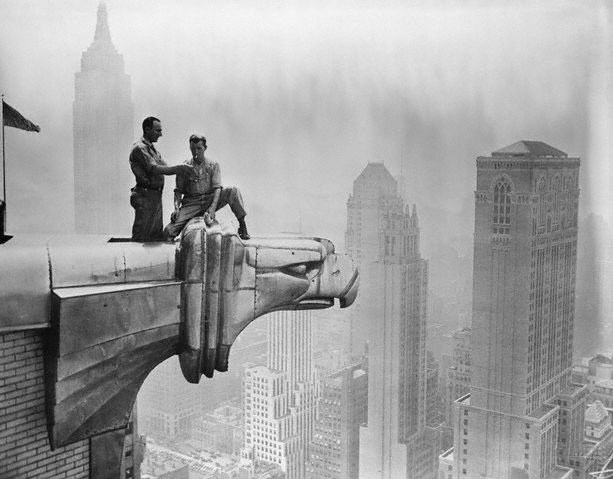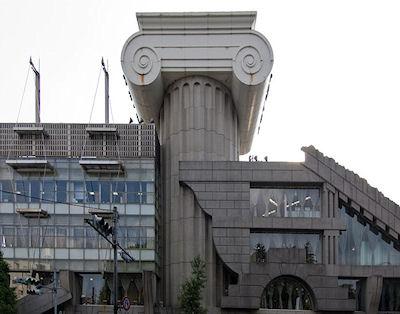Providing you're not being sarcastic I've lost a lot of faith in so called "architects". Although, I concede i purely base my opinion on my own aesthetic tastes, rather than the "social, environmental, cultural" stuff which seems to be considered just as important as the appearance of the bulding. I don't understand how and why people think some of these buildings look nice. Especially that awful looking building in Pristina. It actually wants to make me gag. It looks like mould is growing on top.
The problem here, I would say, is that you're approaching buildings as if they were ornaments in a shop, purely visual objects that can be regarded outside of contexts. They're not. They are, as Lecorbusier had it, "machines for living in", which means they have to be understand as a complex of connected spaces, embedded within a broader physical, social and cultural context. A lot of unhandsome buildings work very well as inhabited spaces, and a lot of very picturesque buildings turn out to be unworkable piles. Architecture is a deep and holistic field, so architectural criticism has to be deep and it has to be holistic if it is to be effective, so it doesn't make any more sense to say "Trellick Towers is a bad building because it is ugly" than it does to say "Abraham Lincoln was a bad president because he was ugly".
On the whole I think some of Sill's points about how the flattened German cities are considered ugly in contrast to the unblemished cities holds true in the UK too. Post-war planners seemed to have aethetics at the back of their mind when designing whole new areas. If i remember correctly the enormous tower blocks for British social housing has been considered a mistake now. I've read testimony from people who went from living in terrace housing to a flat and how their quality of life fell because of it.
You'll find testimonials to the opposite effect, too. The Byker Estate in Newcastle, for example, has been among the most highly-rated by residents in the country, despite the lack of resemblance to any vernacular or "traditional" typology. Difference is, a lifeless tower block might be cranked out to a standardised plan, with cheap materials and techniques, with little care for amenities or services, and housed by a random collection of total strangers, while the Byker Estate was designed uniquely and with the consultation of local residents, was constructed well and to last, with most amenities and services built into the estate, and was mostly used to house the existing local community.
There's simply nothing to be learned from sweeping generalisations. Any analysis of post-war housing has to be conducted with reference to economic and social circumstances across the period, with government and council policies (varied and often conflicting), and with the architectural processes behind specific projects. A lot of it is crap, but it's not simply crap "because: Modernism".





















 Yeah! Really subtle!
Yeah! Really subtle!


